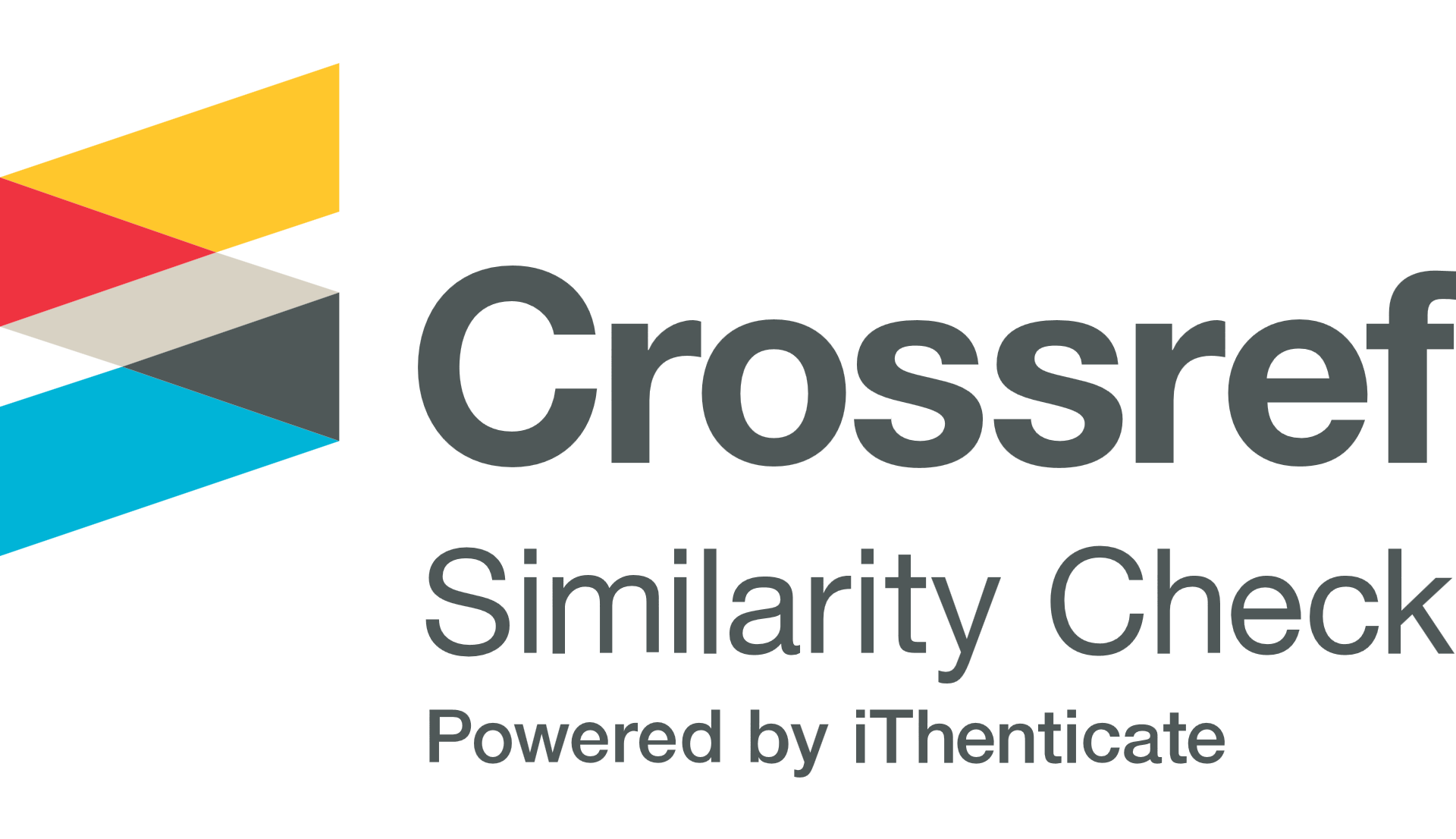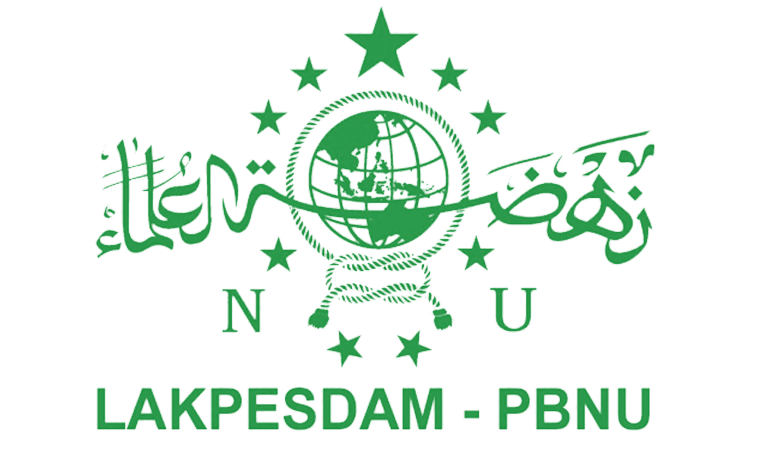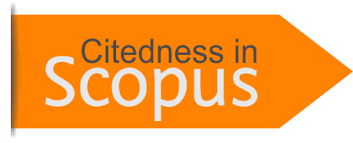URBAN MUSLIM YOUTH, PENGAJIAN COMMUNITIES AND SOCIAL MEDIA: FRAGMENTATION OF RELIGIOUS AUTHORITIES IN INDONESIA
DOI:
https://doi.org/10.31969/alq.v27i2.1004Keywords:
fragmentation of religious, pengajian communities, social mediaAbstract
Departing from a thesis that states the development of communication technology encourages religious practices among Muslim communities in general, this paper seeks to discuss the fragmentation of religious authority among Muslim youth in Indonesia. The research was conducted through field research. The data were taken from interviews, observation, and documentation. This research showed that the fragmentation of religious authority among muslim youth is motivated by the proliferation of pengajian in Indonesian cities and the use of social media in disseminating da’wah. This research also revealed the involvement of the Indonesian largest da’wah communities that implement youth popular culture in performing pengajian by young ustadz idolized by the young generation. Besides, they also used online media, Youtube and Instagram, to promote their da’wah and even used it as a disseminating media. Hence, this opens up opportunities and facilitates the young generation to instantly gain religious insight without visiting an ustadz or ulama and without becoming a student in an Islamic boarding school
References
Akmaliah, W. (2020). The Rise of Cool Ustadz: Preaching, Subcultures, and the Pemuda Hijrah Movement. In N. Saat & A. N. Burnahni (Eds.), The New Santri: Challenges to Traditional Religious Authority in Indonesia (pp. 239–257). ISEAS Yusof Ishak Institute.
Arnez, M., & Nisa, E. F. (2016). Dimensions of Morality: The Transnational Writers’ Collective Forum Lingkar Pena. Journal of the Humanities and Social Sciences of Southeast Asia and Oceania, 174(4), 1–30. https://doi.org/10.1163/22134379-17204003
Bahasoan, A. (1985). The Islamic Reform Movement: An Interpretation and Criticism’, Prisma: The Indonesian Indicato.
Bamualim, Chaider S. dan dkk. (2018). Kaum Muda Muslim Milenial: Konservatisme, Hibridasi Identitas, dan Tantangan Radikalisme. Pusat Kajian Agama dan Budaya UIN Syarif Hidayatullah.
Eichelman, D. F., & Anderson, J. W. (2003). New Media in the Muslim World: The Emerging Public Sphere. In Indiana University Press. Indiana University Perss.
Einstein, M. (2008). Brand of Fiath: Marketing Religious in a Commercial Age. Routledge.
Fealy, G. (2008). Consuming Islam: Comodified Religion and Aspirational Pietism in Contemporary Indonesia. In G. Fealy & S. White (Eds.), Ekspressing Islam: Religious Life and Politics in Indonesia (pp. 1–15). Institute od Southeast Asian Studies.
Gautheir, F., Woodhead, L., & Martinainen, T. (2013). Gautheir,. In Frncois Gautheir & T. Martikainen (Eds.), Religion in Constumer Society: Brands, Consumers and Markets (pp. 1–26). Ashgate.
Han, M. I. (2018). Anak Muda, Dakwah Jalanan dan Fragmentasi Otoritas Keagamaan: Studi Atas Gerakan Dakwah Pemuda Hijrah dan Pemuda Hidayah. UIN Sunan Kaloijaga.
Hasan, N. (2018). Menuju Islamisme Populer. In N. Hasan (Ed.), Literatur Keislaman Generasi Milenial: Transmisi, Apropriasi, dan Kontestasi. Suka Perss.
Herrera, L., & Bayat, A. (2010). Conclusion: Knowing Muslim Youth. Being Young and Muslim in Neoliberal Times: New Cultural Politics in the Global South and North, 355–364.
Hoesterey, J. B. (2018). Marketing Islam: Entrepreneueial Ethics and the of Chapitalism in Indonesia. Spring, 10, 1–14.
Hosen, N. (2008). nline Fatwa in Indonesia: From Fatwa Shopping to Goggling a Kiai. In Greag Fealy & S. White (Eds.), Expressing Islam: Religious Life and Politics in Indonesia (pp. 159–173). Institute of Southeast Asian Studies.
Howell, J. D. (2012). ‘Caling and Training’: Role Inovation and Religious De-Deferentiation in Commercialised Indonesia Islam. Journal of Contemporary Religion, 28(3), 414–416.
Kailani, N. (2012). Forum Lingkar Pena and Muslim youth in contemporary Indonesia. RIMA: Review of Indonesian and Malaysian Affairs, 46(1), 33. https://search.informit.com.au/documentSummary;dn=984332214396280;res=IELAPA
Kailani, N. dan S. (2019). Televangelisme Islam dalam Lanskap Otoritas Keagamaan Baru. In N. Hasan (Ed.), Ulama dan Negara-Bangsa: Membaca Masa Depan Politik Islam di Indonesia (pp. 179–206). Suka Perss.
Marranci, G. (2008). Antropology of Islam. Breg.
Nilan, P., & Feixa, C. (2006). Global Youth? Hybrid Identities, Prural Word. Routledge.
Northcott, M. S. (2016). Pendekatan Sosiologis. In P. Connoly (Ed.), Aneka Pendekatan Sosiologis. Ircisod & LKIS.
Nurlaelawati, E., & Muhrisun. (2018). Ulama, Negara dan Wajah Hukum Islam. In N. Hasan (Ed.), Ulama dan Negara-Bangsa: Membaca Masa Depan Politik Islam di Indonesia (1st ed., pp. 95–134). PusPIDeP.
Rosyad, R. (2006). A Quest for True Islam: A Study of the Islam Resurgence Movement among the Youth in Bandung. ANU E Perss.
Saputra, E. (2019). Menelisik Radikalisme Gen Z Perempuan di Facebook. Islamica: Jurnal Studi Keislaman, 14(1), 103–130.
Saputra, E. (2020). Teras Dakwah, Agama dan Pasar. Idarotuna, 3(1), 16–41.
Suhadi, & Suseno, M. N. (2018). Ulama dan Negara-Bangsa dalam Survei. In N. Hasan (Ed.), Ulama dan Negara-Bangsa: Membaca Masa Depan Politik Islam di Indonesia (1st ed., p. 18). PusPIDep.
Triantoro, D. A. (2019a). Ustaz Abdul Somad, Otoritas Karismatik dan Media Baru. In Tesis. UIN Sunan Kalijaga.
Triantoro, D. A. (2019b). Ustaz Abdul Somad: Ustaz Karismatik Dunia Digital. Omah Ilmu.
Triantoro, D. A., Saputra, E., & Wahyuni, T. (2019). Mengelola Hibridisasi Identitas Anak Muda Islam: Studi Pada Lembaga Teras Dakwah di Yogyakarta. Jurnal MD, 5(2), 113–138.
Turner, B. S. (2007). Religious Authority and the New Media. Theory, Culture & Society, 24(2), 117–134.
Weng, H. W. (2018). The Art of Dakwah: Social Media, Visual Persuasion and the Islamist Propagation of Felix Siauw. Indonesia and the Malay World, 46(134), 61–79.
Zaman, M. Q. (2002). The Ulama Contempory Islam: Custodians of Change. Princton University Perss.
Zulkifli, Z. (2013). he Ulama in Indonesia: Between Religious Authority and Symbolic Power. MIQOT: Jurnal Ilmu-Ilmu Keislama, 37(1).
Interlokutor
Komunikasi Pribadi dengan Humaidi Khair Pada 9 Januari di Teras Dakwah Yogyakarta.
Komunikasi Pribadi dengan Mas Aji pada 11 Januari 2020 di dalam Mobil Operasional Teras Dakwah Saat Survey Tempat Outbound II.
Komunikasi Pribadi dengan Mas Akhid Setelah Acara Qohwa (Qopi-Hijrah-Dakwah) Pada 28 Desember 2019 di Teras Dakwah Yogyakarta.
Komunikasi Pribadi dengan Mas Oji pada 23 Januari 2020 di Teras Dakwah Yogyakarta.
Komunikasi Pribadi dengan Mbak Eni pada 20 Januari 2020 di Kota Gede Yogyakarta.
Komunikasi Pribadi dengan Mbak Nisa pada 20 Januari 2020 di Yogyakarta.
Komunikasi Pribadi dengan Mbak Yayuk pada 19 Januari 2020 di Bantul.
Komunikasi Pribadi dengan Mas Novrian pada 23 Januari 2020 di Teras Dakwah.
Komunikasi Pribadi dengan Mas Tama pada 11 Januari 2020 di Teras Dakwah.
Komunikasi pribadi dengan Mas Indra pada 13 Maret di Teras Dakwah.
Komunikasi pribadi Mas Ilyas dalam program media pada 10 Januari 2020 di Teras Dakwah.
Wawancara dengan Pak Akhid Subiyanto pada 22 Februari 2020 di Teras Dakwah.
Wawancara dengan Mas Rifki pada 12 Februari 2020 di Teras Dakwah.
Wawancara dengan Mbak Dian pada 24 Februari di Teras Dakwah.
Additional Files
Published
Issue
Section
License
Authors who publish with this journal agree to the following terms:
- Authors retain copyright and grant the journal right of first publication with the work simultaneously licensed under Creative Commons Attribution-NonCommercial-ShareAlike 4.0 International License that allows others to share the work with an acknowledgement of the work's authorship and initial publication in this journal.
- Authors are able to enter into separate, additional contractual arrangements for the non-exclusive distribution of the journal's published version of the work (e.g., post it to an institutional repository or publish it in a book), with an acknowledgment of its initial publication in this journal.
- Authors are permitted and encouraged to post their work online (e.g., in institutional repositories or on their website) prior to and during the submission process, as it can lead to productive exchanges, as well as earlier and greater citation of published work (See The Effect of Open Access).















